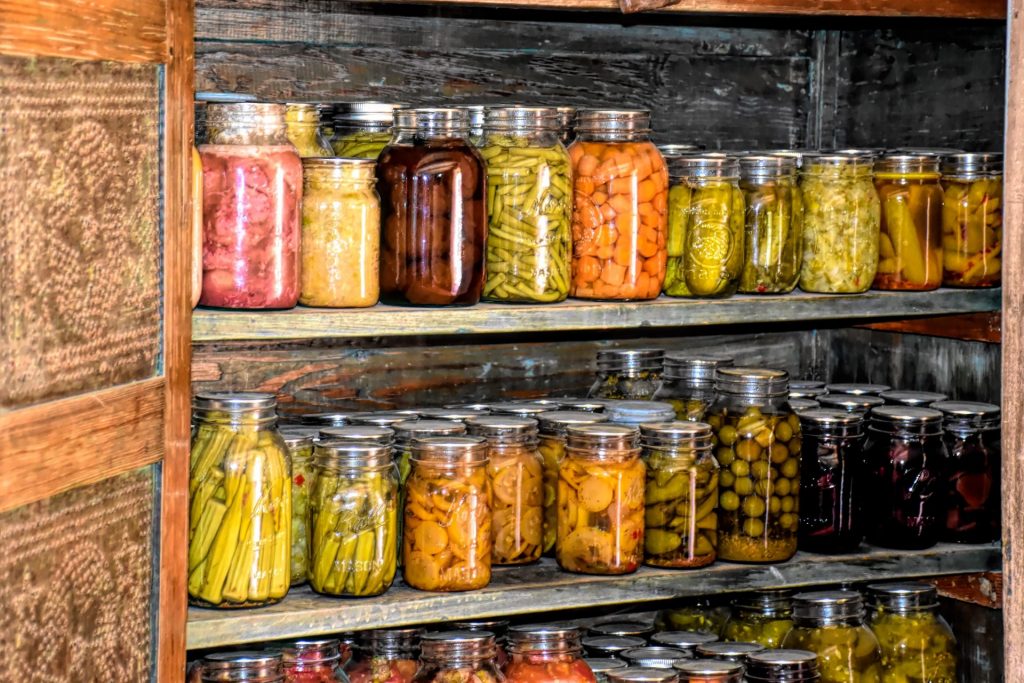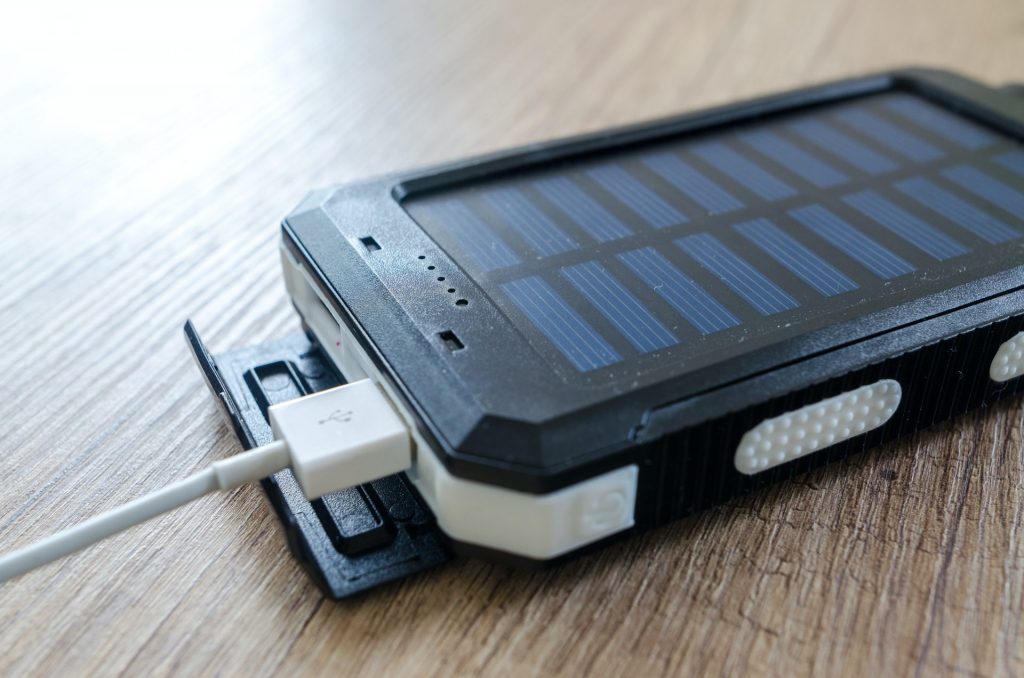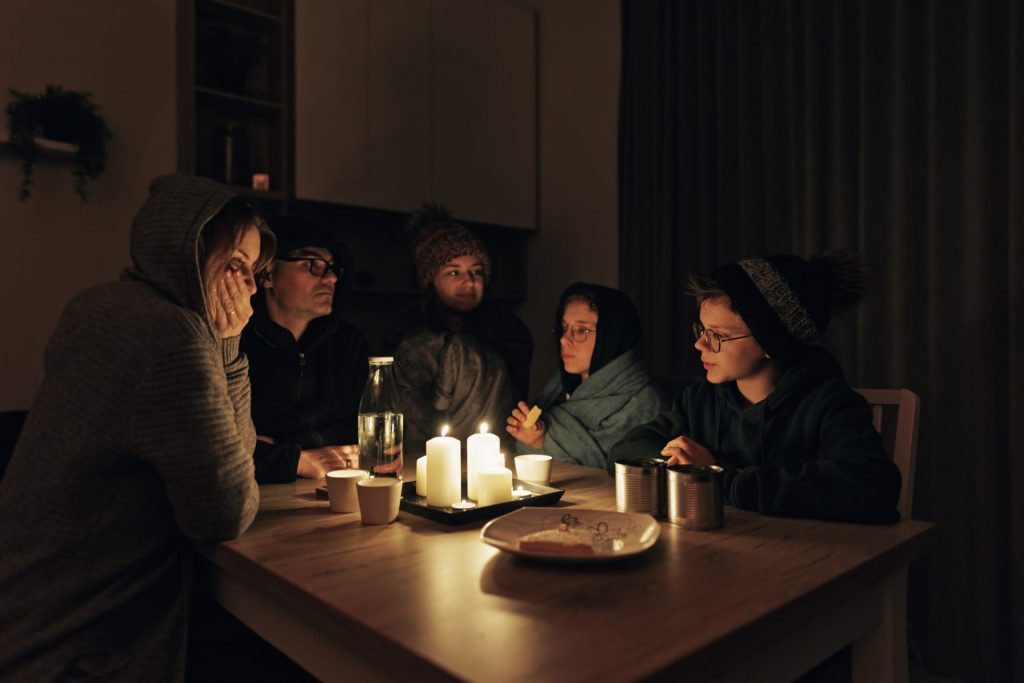Step into David Arama’s home in Cloyne, Ontario, and you’ll find several backup generators, a wood-burning stove and an assortment of portable lithium batteries. For Arama, who has been teaching wilderness survival and disaster preparedness courses for 40 years, the gear is essential for riding out a prolonged power outage.
While his setup might be a little over-the-top for the average person, it’s still wise to be prepared for an emergency.
Here’s how to prepare for a power outage
Stay warm

In case you lose power in winter, be ready for the cold temperatures by having blankets, wool or fleece clothes, as well as sleeping bags, preferably those rated to -30°C.
Stock up on non-perishables

Plan for a supply that can last up to three weeks. Arama recommends foods that are high in carbs, such as granola bars and ready-made camping meals. If you have a wood-burning stove, you can include rice and pasta dishes.
Heat and electrical sources

If you live in a house, Arama recommends generator or even installing solar panels to help keep the lights on.
Consider having an alternative form of heating like a wood stove or its cousin, the pellet stove, which produces less smoke. Plus, make plans for your phone and other electronics, have a portable phone charger, which is sometimes called a power bank, so that you can receive news updates.

